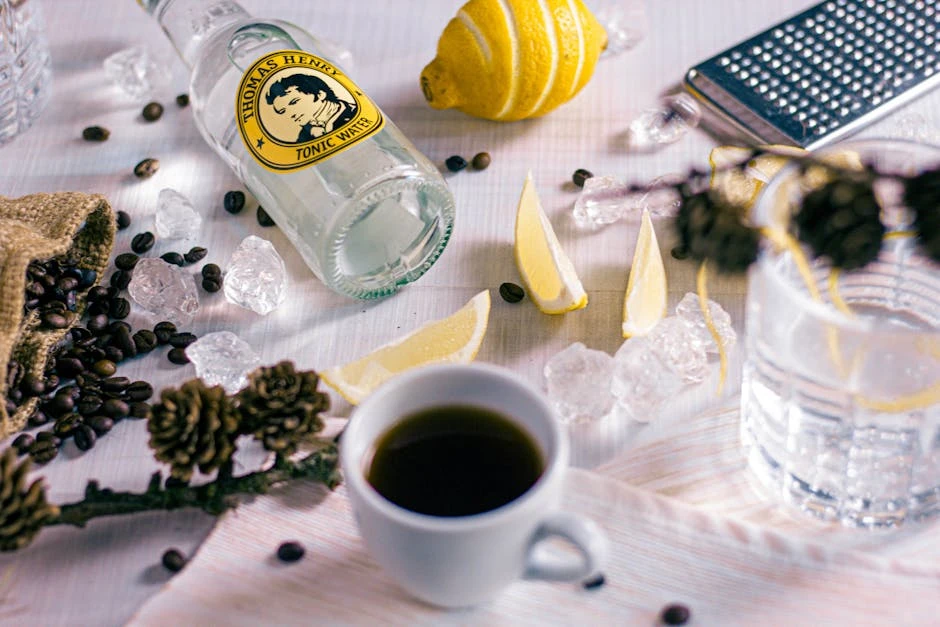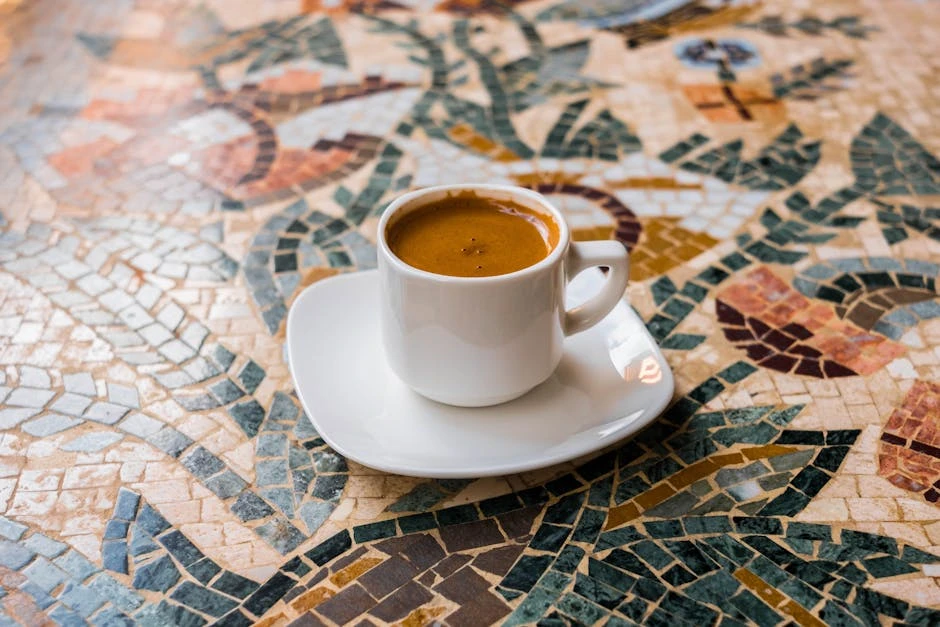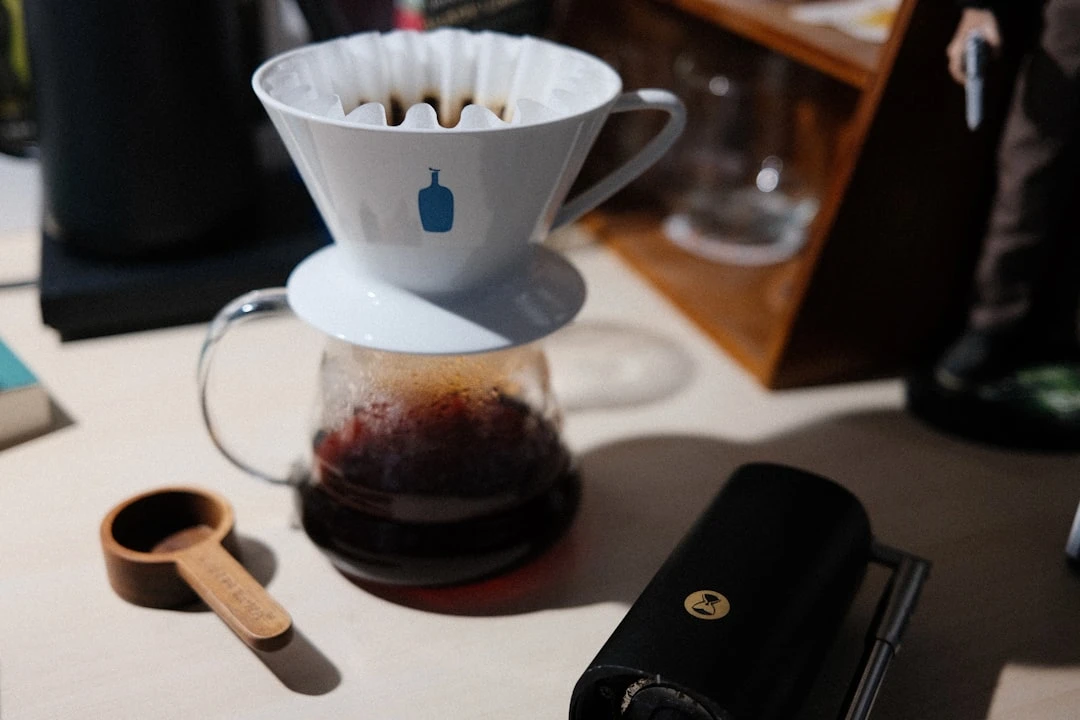How to Use a French Press for Perfect Coffee Every Time

Did you know that over 31% of coffee drinkers still prefer manual brewing methods over automatic machines? There's something magical about making coffee with your own hands, and honestly, nothing beats the rich, full-bodied flavor you get from a French press.
I'll never forget my first attempt at French press coffee about fifteen years ago. I was so excited to ditch my old drip machine, but man, did I mess it up! The coffee was so bitter I actually spit it out. Turns out I had no clue what I was doing – wrong grind, wrong timing, wrong everything. But here's the thing: once you nail the technique, French press coffee becomes this incredible daily ritual that actually makes your mornings better.
The importance of knowing how to properly use a French press goes way beyond just making decent coffee. It's about understanding extraction, developing your palate, and honestly, saving money on those expensive coffee shop visits. Plus, there's something deeply satisfying about mastering a skill that connects you to coffee's rich brewing traditions.
Today I'm gonna walk you through everything I've learned over the years – the mistakes, the breakthroughs, and all the little tricks that'll help you brew amazing French press coffee from day one. Trust me, by the end of this guide, you'll be making coffee that rivals your favorite café!
What Is a French Press and Why Should You Care?
So here's the deal with French presses – they're actually way simpler than most people think, but somehow everyone makes them sound complicated. A French press is basically a glass or metal cylinder with a plunger that has a metal mesh filter attached. The concept is pure genius in its simplicity: you steep coarse coffee grounds in hot water, then push down the plunger to separate the grounds from your coffee.
The whole thing was invented back in the 1920s in France (hence the name), though some folks argue it was actually an Italian design. Whatever the case, this brewing method has been perfecting coffee for nearly a century because it works so damn well.
Here's why I'm obsessed with French press coffee, and why you should be too. First off, you get complete control over every variable – water temperature, steeping time, coffee-to-water ratio. No machine is making decisions for you. Second, the metal mesh filter lets oils and fine particles through that paper filters would catch, giving you this rich, full-bodied cup that's got way more character than drip coffee.
I remember reading somewhere that French press extraction is called "immersion brewing" because the grounds are completely immersed in water the whole time. This is different from pour-over methods where water just passes through the grounds. The result? More complete extraction and deeper flavors that really showcase your coffee beans' personality.
People often tell me French press coffee is too strong or bitter, but that's usually because they're doing something wrong – not because the method itself is flawed. When done right, French press coffee should be smooth, rich, and balanced. It's got this luxurious mouthfeel that you just can't get from other brewing methods, and honestly, once you experience it properly, regular drip coffee starts tasting pretty thin.
Essential Equipment and Ingredients You'll Need
Alright, let's talk gear. The beautiful thing about French press brewing is that you don't need much, but what you do need matters a lot. I learned this the hard way when I tried to cheap out on everything at first.
Your French press itself is obviously the star of the show. I've used everything from $15 plastic ones to fancy $80 stainless steel models, and here's my honest take: size matters more than price for most people. An 8-cup (34-ounce) French press is perfect for 2-4 people, while a 3-cup works great if you're brewing solo. The 12-cup monsters are overkill unless you're feeding a crowd regularly.
Glass vs. stainless steel is a personal preference thing. Glass looks gorgeous and lets you watch the brewing process, but it breaks easily and doesn't hold heat as well. Stainless steel is virtually indestructible and keeps your coffee warmer longer, but you can't see what's happening inside. I've got both, and honestly, I reach for my stainless steel one most mornings.
Now, coffee beans – this is where people get overwhelmed, but it doesn't have to be complicated. Medium to dark roasts work best in a French press because the brewing method really brings out their oils and deeper flavors. Light roasts can taste sour or weak because they need higher temperatures and different extraction times than what French press typically provides.
Fresh grinding is absolutely crucial, and I can't stress this enough. Pre-ground coffee loses flavor so fast it's almost criminal. You want a coarse grind that looks like sea salt or breadcrumbs. Too fine and you'll get over-extraction and a muddy cup. Too coarse and your coffee will be weak and watery.
Water quality is something most people ignore, but it makes a huge difference. If your tap water tastes funky, your coffee will too. I use filtered water, and the improvement was immediately noticeable. Water temperature should be around 200°F – basically, bring it to a boil and let it sit for about 30 seconds.
You'll also want a timer, a good burr grinder if possible, and maybe a gooseneck kettle for better pouring control. These aren't absolutely necessary, but they'll definitely improve your results.
Step-by-Step French Press Brewing Method
Here's where the magic happens, and I promise it's easier than you think. I'm gonna walk you through the exact method I use every single morning, including all the little details that took me years to figure out.
Start with your coffee-to-water ratio. This is probably the most important thing to get right, and it took me forever to dial it in. I use a 1:15 ratio – that's 1 gram of coffee for every 15 grams of water. In practical terms, that's about 2 tablespoons of coffee for every 6 ounces of water. Some people prefer stronger (1:12) or weaker (1:17), but 1:15 is a great starting point.
First, heat your water to just off boiling. While that's happening, grind your coffee coarse – I'm talking chunky, like crushed peppercorns. Measure out your coffee and add it to the French press. Here's a tip I learned from a barista friend: give the empty press a quick rinse with hot water to warm it up. This helps maintain temperature during brewing.
Pour a small amount of hot water over the grounds – just enough to wet them. This is called "blooming" and it lets the coffee release CO2, which can interfere with extraction. Let it sit for about 30 seconds. You'll actually see the coffee puff up and bubble a bit, which is super satisfying to watch.
Now pour the rest of your water in a slow, steady stream. Don't dump it all at once – that'll disturb the grounds too much. Fill it up, give it a gentle stir with a wooden spoon (metal can chip the glass), then put the lid on with the plunger pulled all the way up.
Set your timer for 4 minutes. This is the standard steeping time, though some people prefer 3 minutes for lighter flavors or 5 minutes for stronger coffee. I've experimented with everything from 2 to 7 minutes, and 4 minutes consistently gives me the best balance.
When the timer goes off, it's time for the press. Push down slowly and steadily – this should take about 20-30 seconds. Don't rush it or you'll agitate the grounds and end up with a muddy cup. If there's a lot of resistance, your grind might be too fine.
Serve immediately! Leaving coffee sitting on the grounds will continue extracting and make it bitter. If you're not drinking it all right away, pour it into a thermal carafe.
Common French Press Mistakes (And How I Learned to Avoid Them)
Oh man, where do I even start with the mistakes I've made? I've probably screwed up French press coffee in every possible way, and each mistake taught me something important about the process.
The biggest mistake – and I made this for months – is using the wrong grind size. I was using regular drip coffee grind because that's what I had, and my coffee was always bitter and muddy. The fine particles would slip through the mesh filter and make the coffee gritty. Once I started grinding coarse, it was like discovering coffee all over again. The flavors were cleaner, brighter, and way more enjoyable.
Water temperature was another disaster zone for me. I used to pour boiling water directly onto the grounds because I thought hotter meant better extraction. Wrong! Boiling water scorches the coffee and brings out harsh, bitter compounds. Now I let the water cool for 30-45 seconds after boiling, and the difference is incredible.
Timing mistakes nearly made me give up on French press entirely. I used to steep for random amounts of time – sometimes 2 minutes, sometimes 8 minutes, depending on how distracted I got. Under-extraction gave me sour, weak coffee, while over-extraction made it bitter and astringent. Sticking to that 4-minute timer changed everything.
Here's a mistake that still makes me laugh: I used to press the plunger down as fast as possible, like I was in some kind of coffee emergency. This stirred up the grounds and made a mess of the extraction. Slow, steady pressure is the way to go. Think of it as a meditation rather than a race.
The worst mistake though? Leaving coffee sitting in the French press after brewing. I'd make a pot and then sip from it slowly over an hour, wondering why it got more bitter with each cup. The coffee was still in contact with the grounds, continuing to extract. Now I either drink it immediately or transfer it to another container.
One more thing that tripped me up: using stale coffee. I'd buy those big bags from the grocery store and use them for weeks. French press really highlights coffee's flavor, so stale beans make stale coffee. Fresh beans (roasted within 2-4 weeks) make all the difference in the world.
Pro Tips for French Press Mastery
After years of daily French press brewing, I've picked up some tricks that really elevate the whole experience. These aren't essential for good coffee, but they'll take you from good to exceptional.
Temperature control is huge, and here's something most guides don't mention: different roasts need different temperatures. Dark roasts do great at 195-200°F, but medium roasts often taste better at 205°F. I keep a thermometer handy and adjust based on what I'm brewing. It sounds nerdy, but the flavor improvements are real.
Pre-infusion is a game-changer that I stumbled onto by accident. Instead of adding all the water at once, I add about twice the weight of water as coffee (so if I'm using 30g of coffee, I add 60g of water first). Let it bloom for 45 seconds, then add the rest. This ensures even saturation and better extraction.
Here's a weird tip that actually works: tap the side of the French press gently after you add the water but before you put the lid on. This helps release any air bubbles trapped in the grounds. I learned this from a coffee competition video, and it really does make the coffee taste more even.
Cleaning is where most people mess up long-term. Don't just rinse it out – coffee oils build up and turn rancid, affecting flavor. I do a deep clean with baking soda and hot water once a week. For daily cleaning, I take the plunger completely apart and wash every piece. It's annoying but necessary.
Water quality experiments have been fascinating. I've tried everything from distilled water (too flat) to super hard tap water (mineral overload). The sweet spot seems to be filtered water with some mineral content. If you're really into it, you can buy brewing salts, but filtered tap water works great for most people.
Grinding right before brewing makes a huge difference, but here's the thing – burr grinders are expensive. If you're using a blade grinder, pulse it in short bursts rather than running it continuously. This gives you more even particle size. Also, grind slightly coarser than you think you need. It's easier to adjust stronger than to fix over-extracted coffee.
Storage matters too. I keep my French press in a cabinet away from light and heat. The glass ones especially can pick up odors if stored near strong-smelling stuff. And always store it with the plunger pulled up – keeping it compressed can warp the mesh filter over time.
Conclusion
Learning to use a French press properly has honestly transformed my relationship with coffee. What started as a simple desire to make better coffee at home turned into this daily ritual that I genuinely look forward to every morning. The rich, full-bodied flavor you get from proper French press brewing is something special – it's got depth and character that you just can't replicate with other methods.
The key takeaways here are really straightforward: use coarse grounds, get your ratios right (1:15 is a great starting point), mind your water temperature, stick to 4 minutes of steeping, and press slowly. Everything else is just fine-tuning based on your personal taste preferences.
Here's the thing though – don't be afraid to experiment and make this method your own. Maybe you prefer a stronger 1:12 ratio, or maybe 3 minutes of steeping works better for your taste buds. The beauty of French press brewing is that you're in complete control. Every variable is yours to adjust.
Remember to prioritize fresh, quality coffee beans and clean equipment. These basics will have more impact on your coffee quality than any fancy technique. And please, be patient with yourself as you learn. I made terrible coffee for weeks before everything clicked, but man, was it worth the journey.
Safety-wise, just be careful with the hot water and glass components. Take your time with each step rather than rushing through the process. This is supposed to be enjoyable, not stressful.


